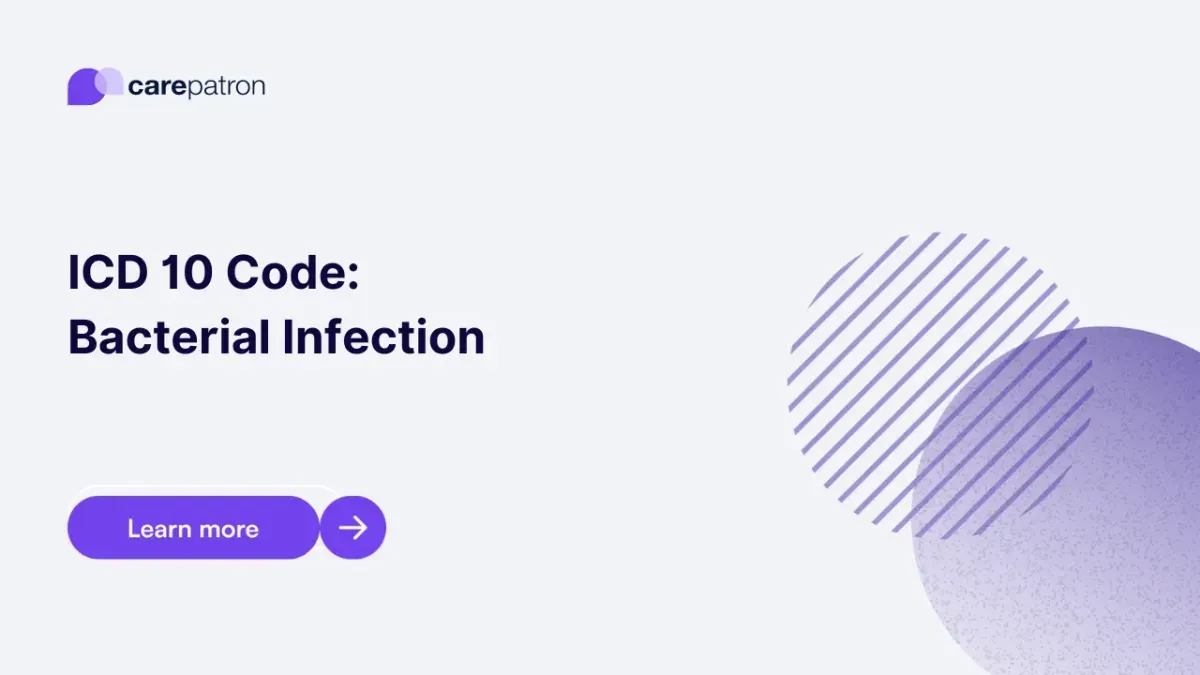
Bacterial Infection ICD-10-CM Codes
Learn about ICD-10-CM codes for bacterial infections some billing tips, symptoms, treatments, and prevention methods.
Use Code
EHR and practice management software
Get started for free
*No credit card required
Free
$0/usd
Unlimited clients
Telehealth
1GB of storage
Client portal text
Automated billing and online payments
